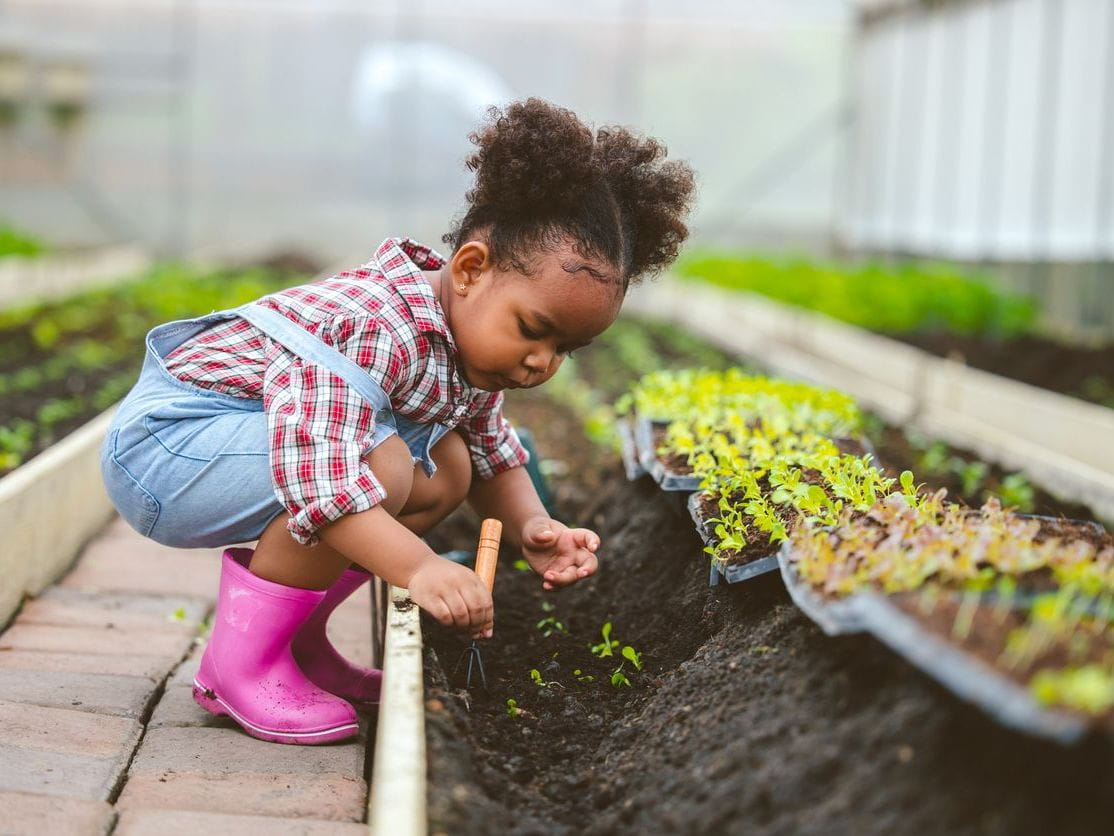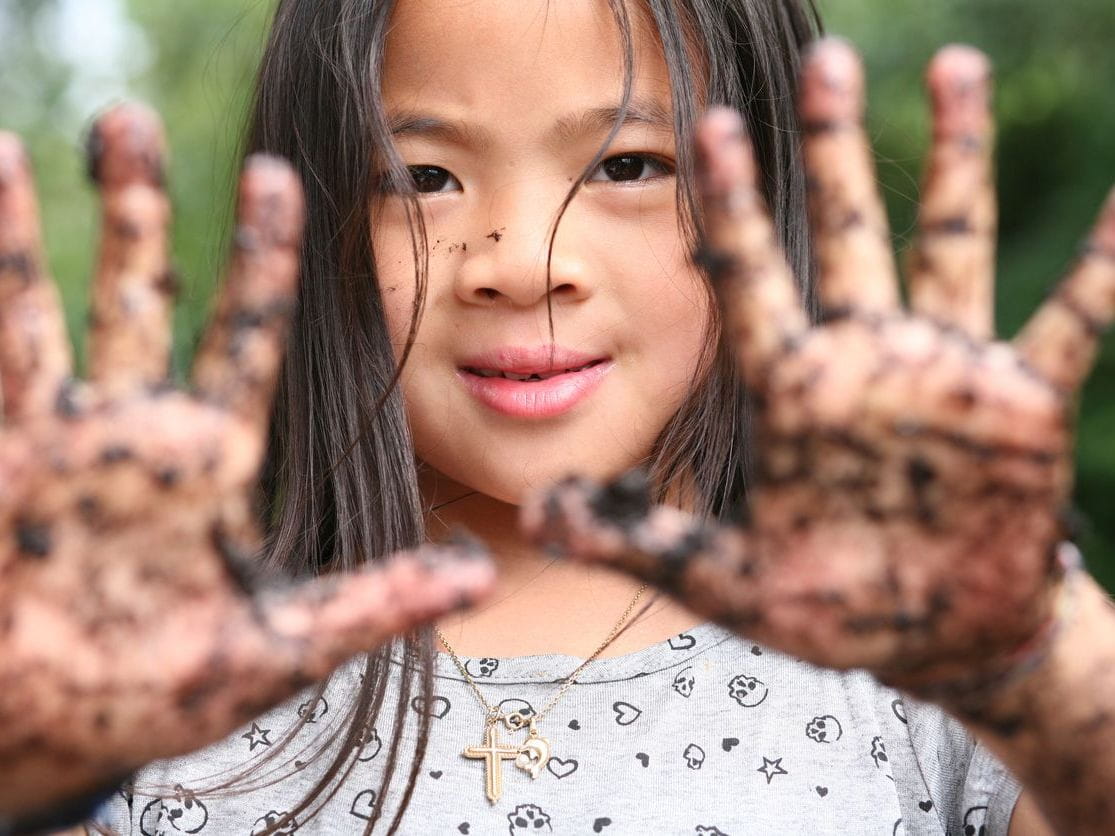Digging up the Dirt on Dirt

The Bottom Line
Dirt is a mix of sand, rocks, pebbles, and other substances. Soil contains dirt, as well as minerals and nutrients. Eating dirt or soil can cause an upset stomach, while more serious toxicity can occur with chronic eating. Some pregnant women, as well as others with an eating disorder known as pica, crave non-food items such as dirt and clay.

What are dirt and soil? How is soil formed?
Soil and dirt are not the same thing. The thin layer of material covering the surface of earth is soil. Although soil has dirt in it, soil also contains minerals, nutrients, organic material (dead and living organisms), air, and water. Soil is formed by the weathering of rocks. Plants can grow in soil but not in dirt. The type and the amount of soil in an area depends on the climate, the organisms present, parent material (also known as geological material), and topography.What is dirt made of? Can you eat soil?
Dirt is a mix of sand, silt, clay, rocks, pebbles, and other substances. It’s unclean matter lacking in the minerals and nutrients found in soil. Although soil contains minerals and nutrients, you cannot eat soil or dirt.What happens if you eat dirt or soil?
Eating dirt or soil can cause an upset stomach. Eating them repeatedly over an extended period can lead to digestive problems such as constipation, and infection by bacteria and parasites. If there are heavy metals (such as lead, mercury, or arsenic) present in the dirt, heavy metal poisoning can occur with repeated consumption. Likewise, chronically eating dirt or soil containing a large amount of potassium can lead to high potassium in the blood, which can cause abnormal heart rhythms. Repeatedly eating dirt or soil can also cause anemia.Why do some people eat dirt or soil during pregnancy?
Some pregnant women, as well as others with an eating disorder known as pica, crave non-food items including dirt and clay. While the reason is unclear, the craving may be related to hormone changes and/or iron deficiencies experienced during pregnancy.What should I do if my child eats dirt or soil?
First, don’t worry. Medical problems due to eating dirt mostly occur when people eat dirt chronically. If your child did not cough or choke on the dirt, they should be fine. Wipe out the mouth with a damp cloth to get the remaining dirt out, rinse the mouth, and give your child something to drink.If someone swallows dirt or soil or gets it in the eyes, help from experts is available through the webPOISONCONTROL online tool and by phone at 1-800-222-1222. Poison Control’s expert guidance is always free, confidential, and available 24 hours a day.
Wendy Klein-Schwartz, Pharm.D., MPH
Clinical Toxicologist
Poison Control Media Information
Did you find this page helpful? If so, we need your support. Poison Control is in constant competition with misinformation online. Links to www.poison.org or our webPOISONCONTROL triage tool from other websites and blogs help internet searchers quickly find accurate information and Poison Control’s contact information in an emergency. If you use the content from this page, please provide attribution via a link back to this page, www.poison.org, or https://triage.webpoisoncontrol.org/#!/exclusions. By doing so, you could save a life. Thank you!
Poisoned?
Call 1-800-222-1222 or
Prevention Tips
- Keep an eye on children when they are playing outside near dirt or soil.
- Put house plants up and out-of-reach of children.
- If you or someone you know craves eating dirt, talk to a healthcare professional.
This Really Happened
A dad discovered his 18-month-old boy happily playing with a jade houseplant. Some of the leaves of the plant were torn, but most of the soil spilled out of the pot. There was soil on the child’s hands, clothing, and in his mouth. The boy was not coughing or choking. The dad rinsed out his son’s mouth with water and gave him something to drink. He then called Poison Control to find out whether jade plants and soil are toxic. He was informed that neither is considered toxic and that his son should be fine.References
Poisoned?
Call 1-800-222-1222 or
Prevention Tips
- Keep an eye on children when they are playing outside near dirt or soil.
- Put house plants up and out-of-reach of children.
- If you or someone you know craves eating dirt, talk to a healthcare professional.
